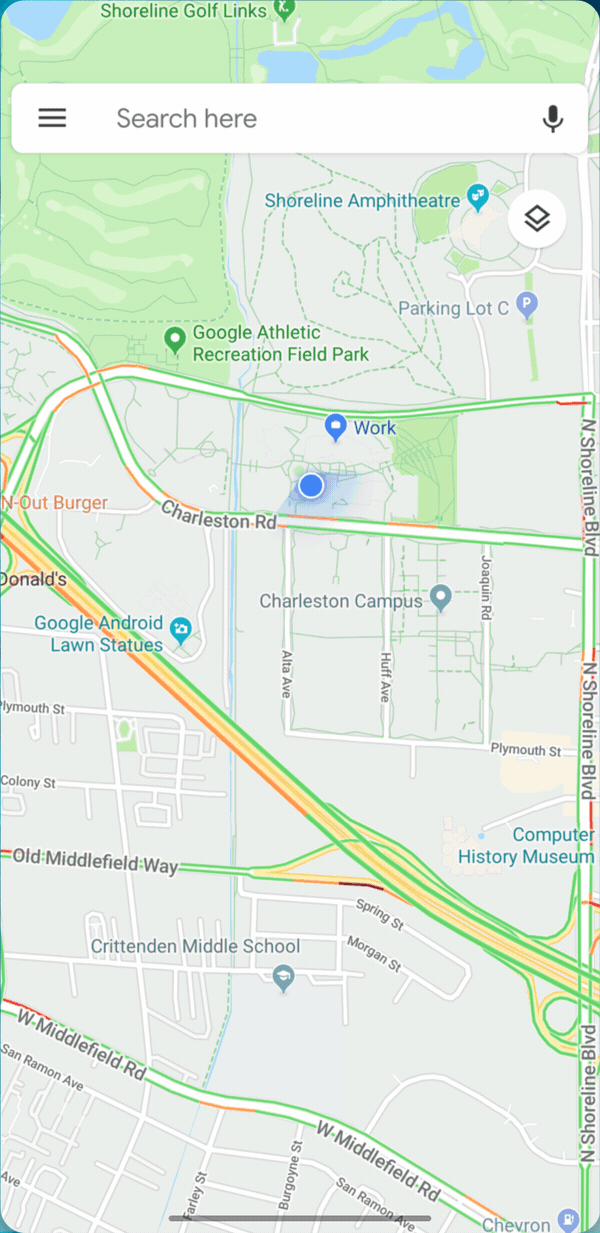It has been just over a month since Google’s annual developer event – the Google I/O 2019, this year the event was headlined with Google’s budget phone the Pixel 3a and 3a XL and software advancements which covered the changes Android Q brought with it and what they are working on as a company.
This article is going to focus on the changes made to Android Q over the last month in the form of Beta 3 and Beta 4. Our articles covering the previous two releases, Beta 1 and Beta 2 can be found here and here respectively. These releases while introducing us to the new version of Android brought with them a slew of new features which have been worked upon in the latest releases to bring the software to where it is now.
The final version of the software is being set up for a summer release, as with Beta 4, Google has made available the final APIs for developers to use so that they can make their applications compatible with the software and ship updates.
In the News: Privacy oriented Tor Browser (Stable) launched for Android
Beta 3 Updates
This update brought with it some of the most drastic changes the OS has seen in recent times, while also satisfying the user’s desire for a system-wide dark mode. Beta 3 went live on the 8th of May, and to many user’s surprise, it revamped the way one interacted with the UI in the form of gestural navigations.

Gone are the days of the pill, as Google decided to move onto a bar-like entity similar to one, used to control actions on an iPhone. While this change may not be one that many users appreciate, this Beta also introduced the previously mentioned dark mode known as ‘Dark Theme’. A welcome upgrade, which implements a dark background and contrasting accent colours in all supported applications in an attempt to reduce eye strain in lowly lit environments and help save battery life on smartphones with OLED displays.

With Beta 3, Google also opened up the Beta program to non-Pixel phones with a total of 23 mobile devices from different 13 OEM’s joining the program. Other changes in beta 3 are as follows.
Digital Wellbeing
Family Link: This part of Google’s Digital Wellbeing program allows for parents to monitor the usage of electronics by their kids. This can control factors like allowed screen-on-time and applications available for use.

Focus Mode: This software feature can be used to pause notifications from any specific app that you think may distract you; it is an attempt to help increase overall productivity.
Live Caption
This software feature brings real-time captions for media to your device without any network access. No audio file thus created ever leaves your device and the speech models required to make this happen and run off of your phone. The fact that an active connection is not required makes this a vital feature for disabled people.
Safety features
To prevent tracking of a device, access to details like device IMEI and the serial number, has been limited in term of access. MAC address for devices is also randomised according to different Wi-Fi networks.
Suggested actions in notifications

This beta version improves upon Google’s smart reply feature by enabling system-provided actions which appear immediately within the notification after analysing the context of the conversation/ scenario.
Project Mainline
This new set up allows Google to update components within the operating system itself. It negates the need for a full system update. This will enable Google to maintain a level of consistency across its software allowing for them to keep their code updated to a standard where they can maintain security and also bring the AOSP to users at a faster rate.
Beta 4 Updates
Released in the past week, this latest version of the Beta program brought with it the final developer API and the latest system images for the Pixel line of phones and the Android Emulator. Updated build tools were also provided for developers to continue development in Android Studio and make their apps compatible with Android Q.
In terms of added features native code for face-unlock was discovered in the software package, and it was found that specific hardware requirements have to be met to use Google’s standard of face recognition software.
As of publishing this article, the rollout of Beta 4 has been halted because users have reported that their devices were getting stuck in an endless boot loop upon updating. Please do not install beta software on your primary device as they are known to be highly unstable and in some cases, all data can be lost when you are trying to restore your device back to the stable builds.
Also read: You can now auto-delete Google account location history and activity data






